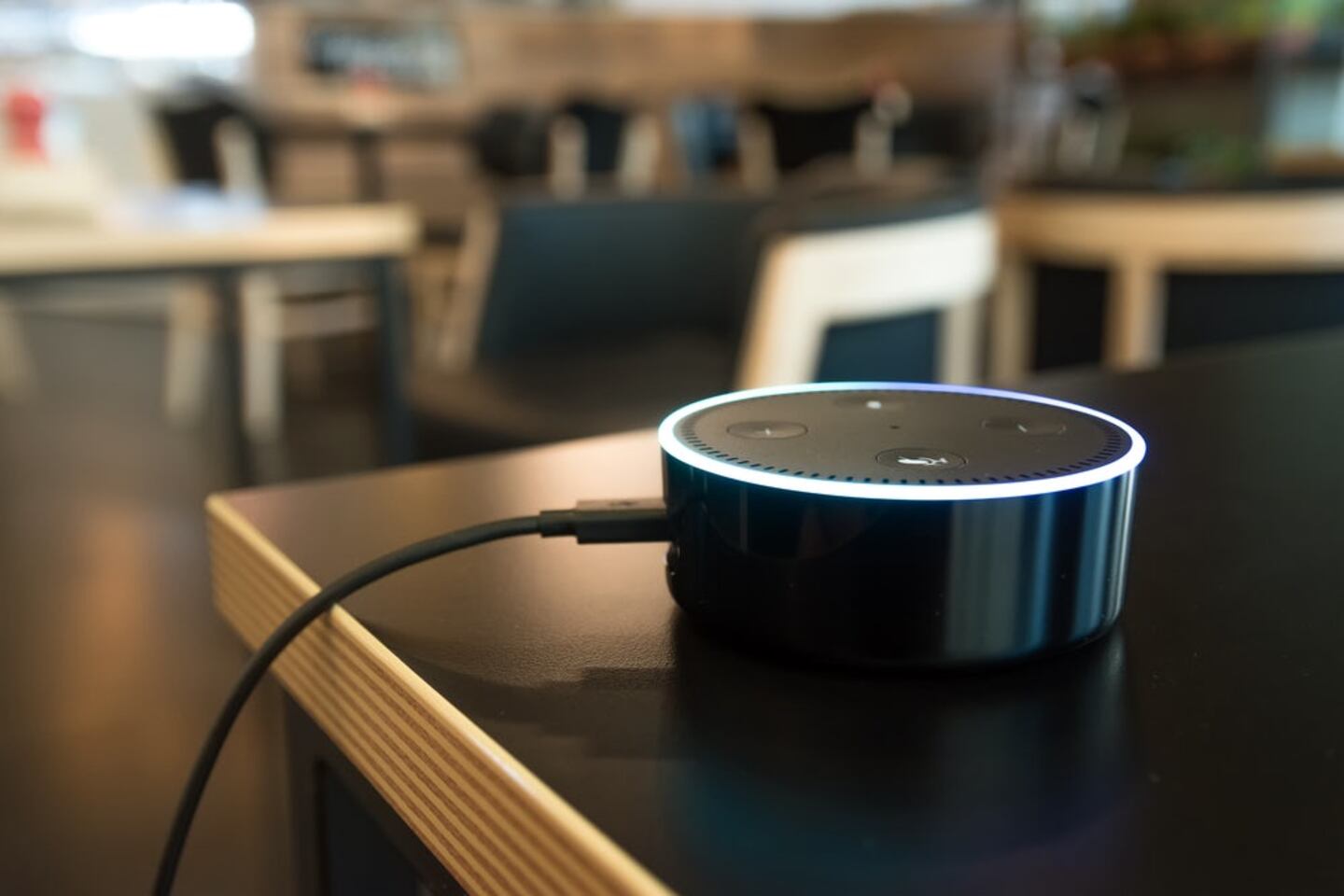
The Business of Fashion
Agenda-setting intelligence, analysis and advice for the global fashion community.

Agenda-setting intelligence, analysis and advice for the global fashion community.

NEW YORK, United States — Stores are spending lots of time and money trying out new, fancy technologies like touchscreen mirrors in changing rooms and robo-assistants out in the racks to get consumers to buy more.
Shoppers could not care less.
Lowe's Cos., the home improvement store, has a "Holoroom" that lets customers design spaces with virtual reality goggles. Nordstrom Inc. has a chatbot, an automated substitute for a human store assistant, meant to provide shoppers (both online and in-store) with gift ideas during the holidays. Rebecca Minkoff LLC, the women's clothing retailer, has futuristic walls and mirrors that you can interact with—all in a bid to facilitate the shopping experience.
All novel approaches, sure, but most of are not catching on, according to a study by mobile commerce and analytics firm GPShopper and market researcher YouGov. For example, just 18 percent of the more than 1,000 consumers polled think smart mirrors will improve their shopping experience.
ADVERTISEMENT
At home, virtual assistants such as Amazon’s Echo and Google’s Home are not exactly revolutionising shopping either. Only 21 percent said their technology makes the buying process better from the house.
There is a disconnect between stores and shoppers over tech. Maya Mikhailov, a co-founder of GPShopper, works on commerce tools for stores including Crate & Barrel, Lane Bryant Inc., and Foot Locker Inc. She explained that, while retailers fawn over the latest glitzy gadget, hoping it will catch on as the next big thing, people just want to buy stuff as quickly and easily as possible.
“They may be very excited,” Mikhailov said of stores, “but consumers aren’t necessarily as eager as they are.”
In many cases, shoppers do not even know that the tech exists. Most are familiar with virtual reality, but few know about things like augmented reality–the modification of a real-world environment through a digital device–such as IKEA's technology that lets you preview furniture in your home. And few know anything about so-called "smart shelves" that can track where items are, automate pricing, and alert shoppers to their locations. Grocery store Kroger Co. began testing a version of these in 2015, and shops have experimented with such shelves since the early 2000s.
Mikhailov singled out the failure of chatbots, which many online shops now use, because the technology of parsing and learning natural language (as in chatting) is not quite there yet. Asos Plc, an online clothing retailer, ran into this problem in spectacular fashion last year when its customer service robo-answers became a punchline. Consumers messed with the bot on its Facebook page after it spouted utterly intelligible comments.
“This is the worst customer service algorithm I have ever seen,” a customer named Adam wrote in frustration on the company’s Facebook page. Unable to compute, it seems, the Asos chatbot responded as if “algorithm” was an item he purchased. “Hey Adam! I’d love to help you out with this—could you please send me a private message with your order number, date of birth, and email address? Once I have this I can then get on the case for you.” (Asos did not immediately return a request for comment on whether the bots have been upgraded.)
Everyone has had an experience with the overzealous store assistant who needs to be shooed away while you mull which jeans to buy. It seems consumers want to be left alone when it comes to non-humans and fancy shopping gadgets, too. The one thing they actually do want? Self-checkout. More than 50 percent say it would help them shop in stores, too. Memo to retailers: Just leave us alone.
By Kim Bhasin; editor: David Rovella.
Brands including LVMH’s Fred, TAG Heuer and Prada, whose lab-grown diamond supplier Snow speaks for the first time, have all unveiled products with man-made stones as they look to technology for new creative possibilities.
Join us for a BoF Professional Masterclass that explores the topic in our latest Case Study, “How to Turn Data Into Meaningful Customer Connections.”
Social networks are being blamed for the worrying decline in young people’s mental health. Brands may not think about the matter much, but they’re part of the content stream that keeps them hooked.
After the bag initially proved popular with Gen-Z consumers, the brand used a mix of hard numbers and qualitative data – including “shopalongs” with young customers – to make the most of its accessory’s viral moment.